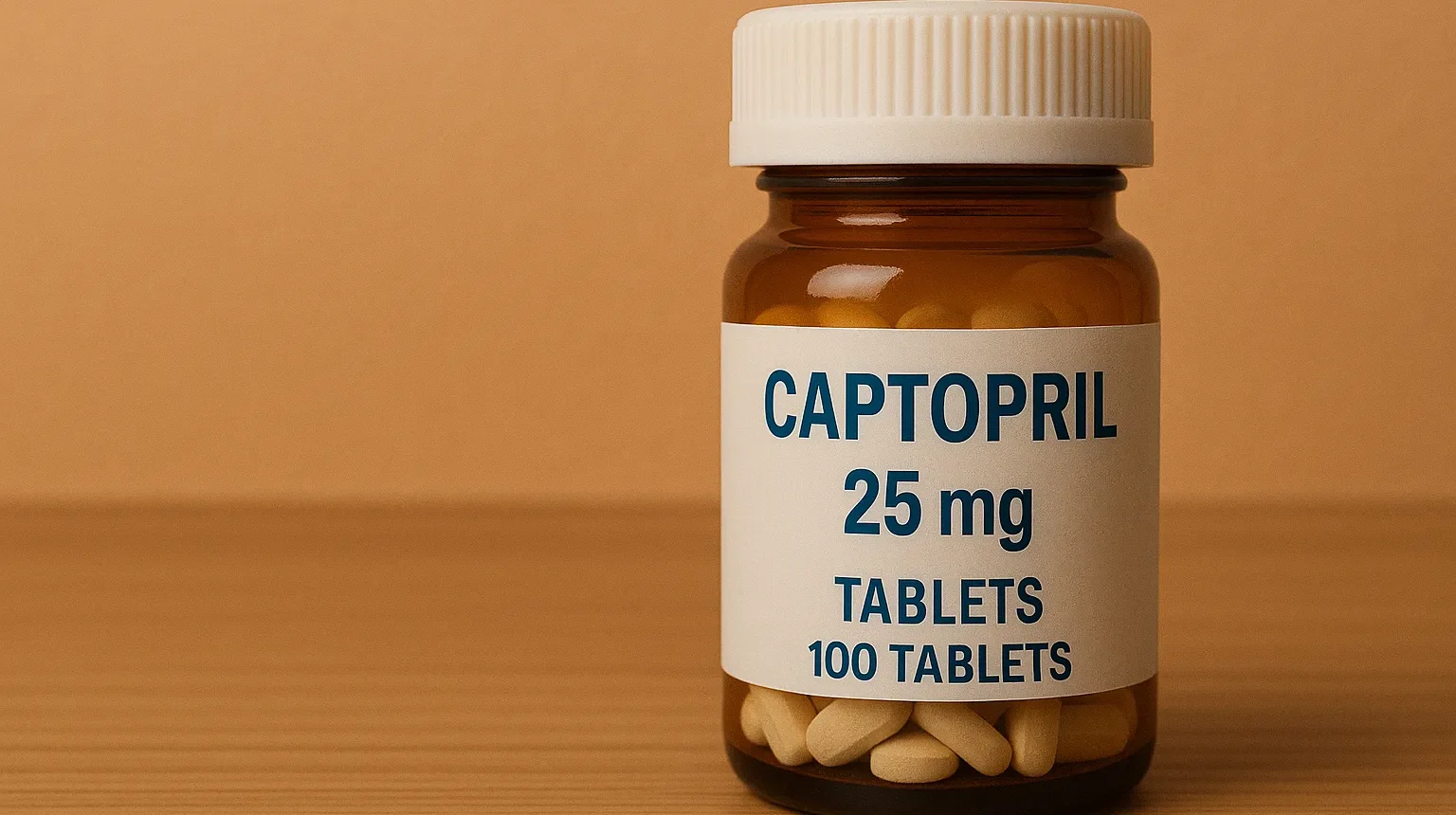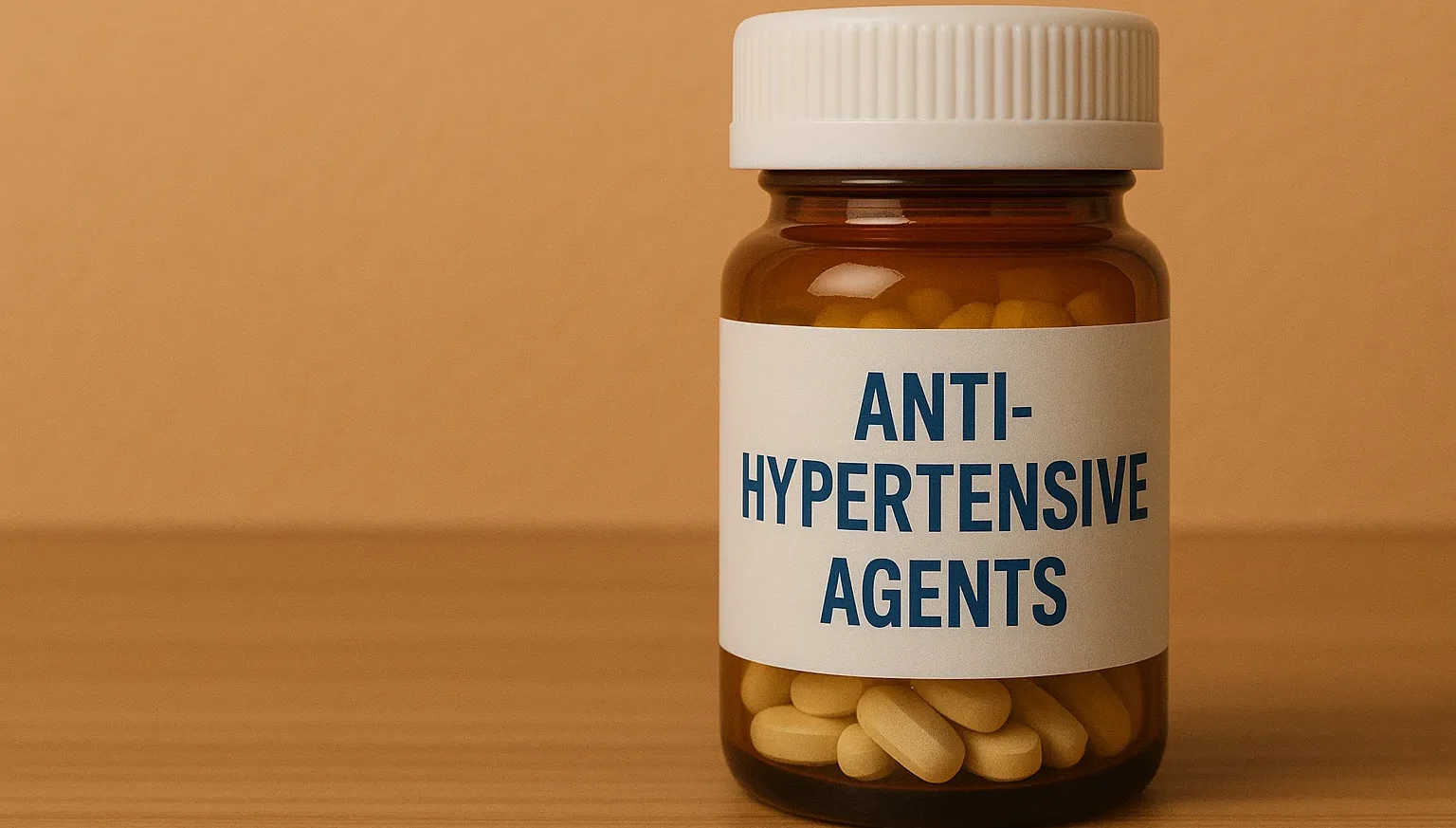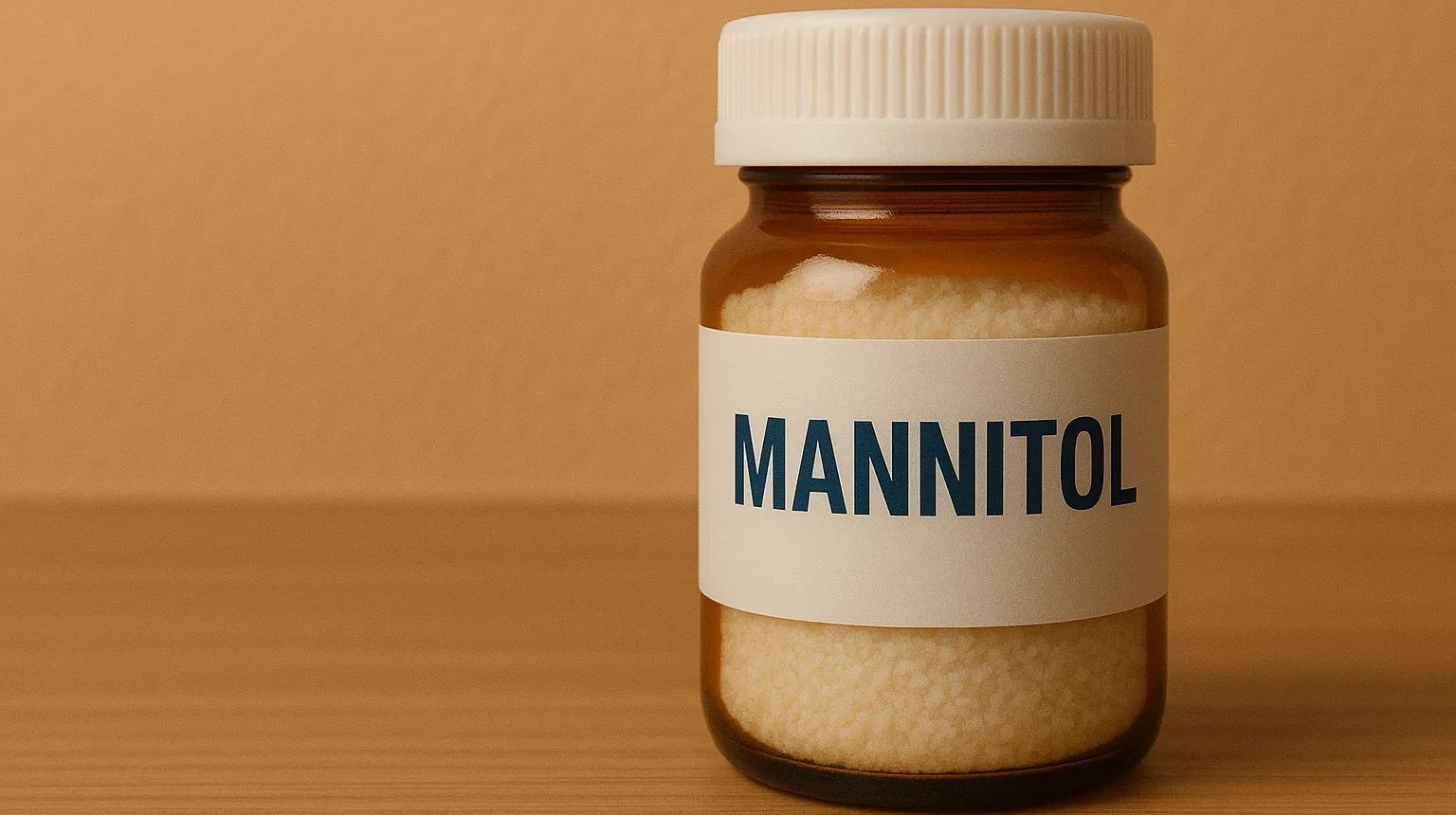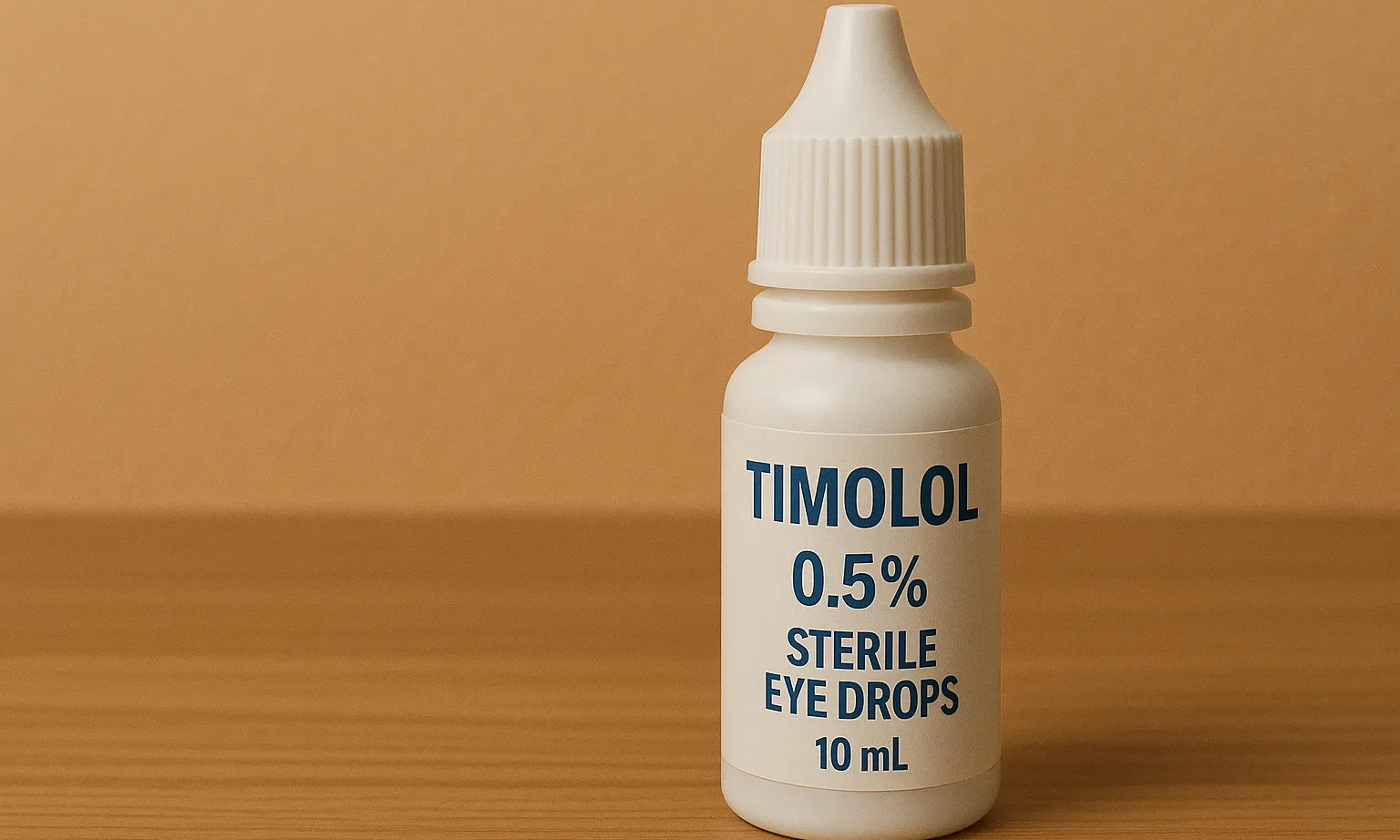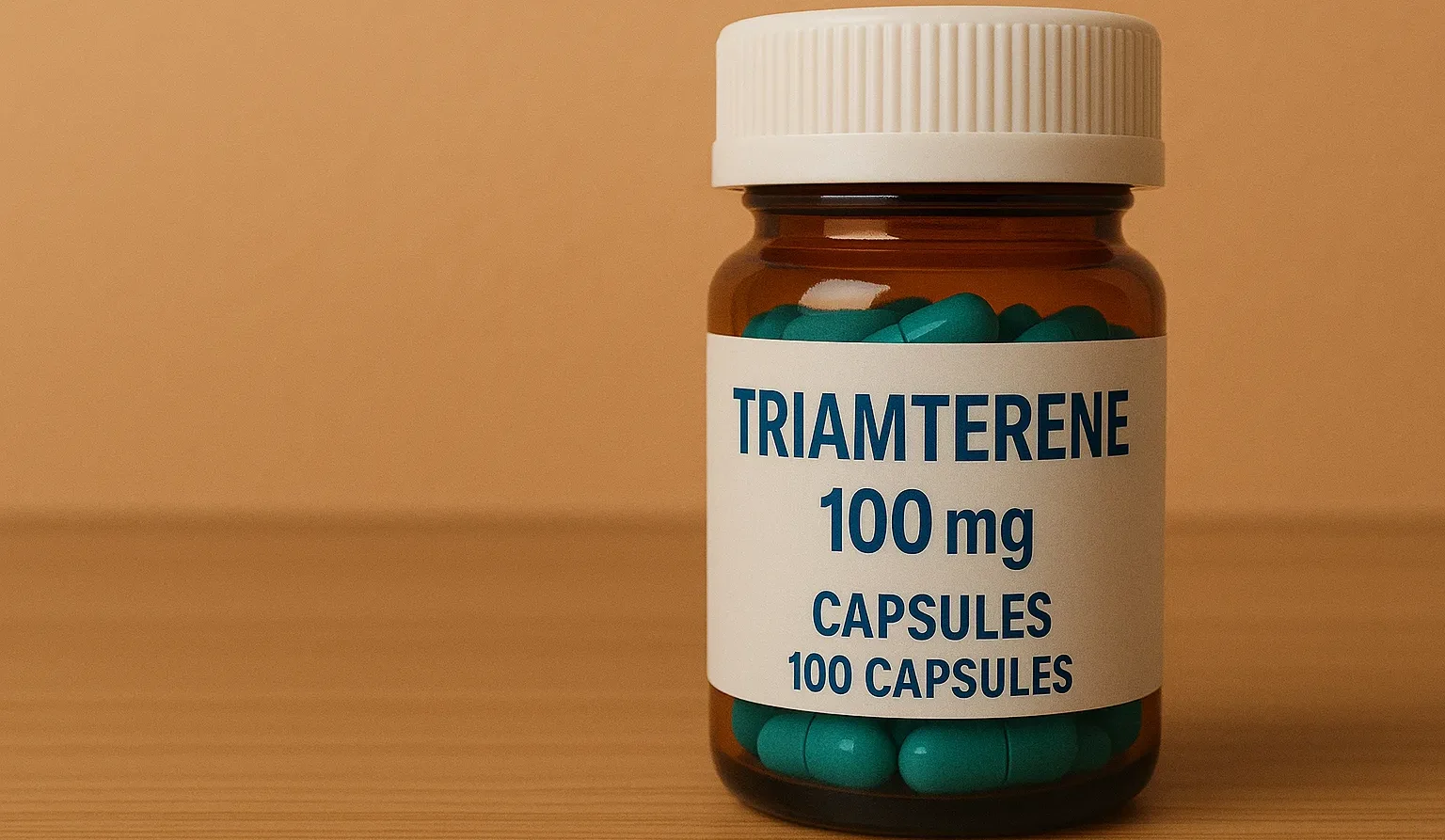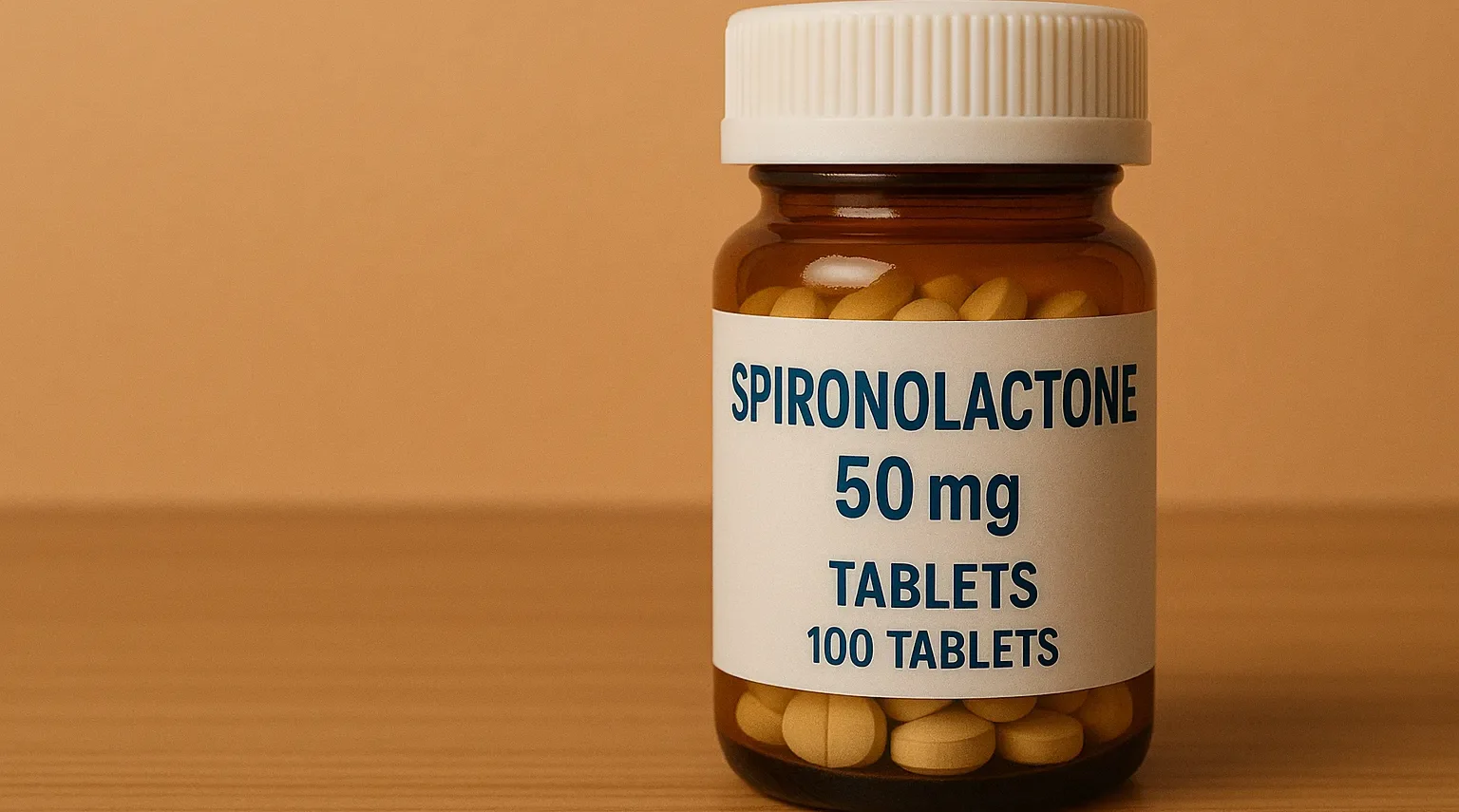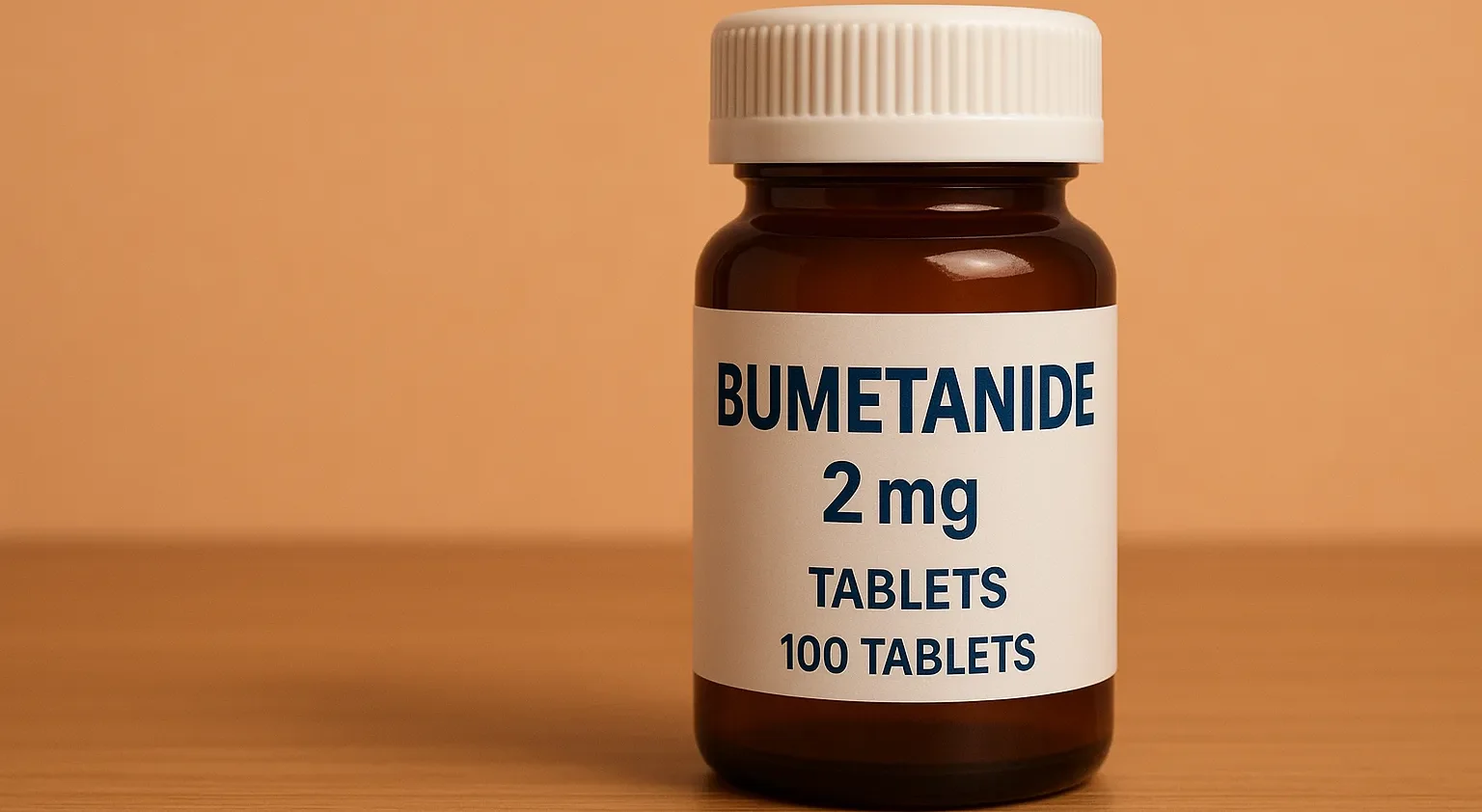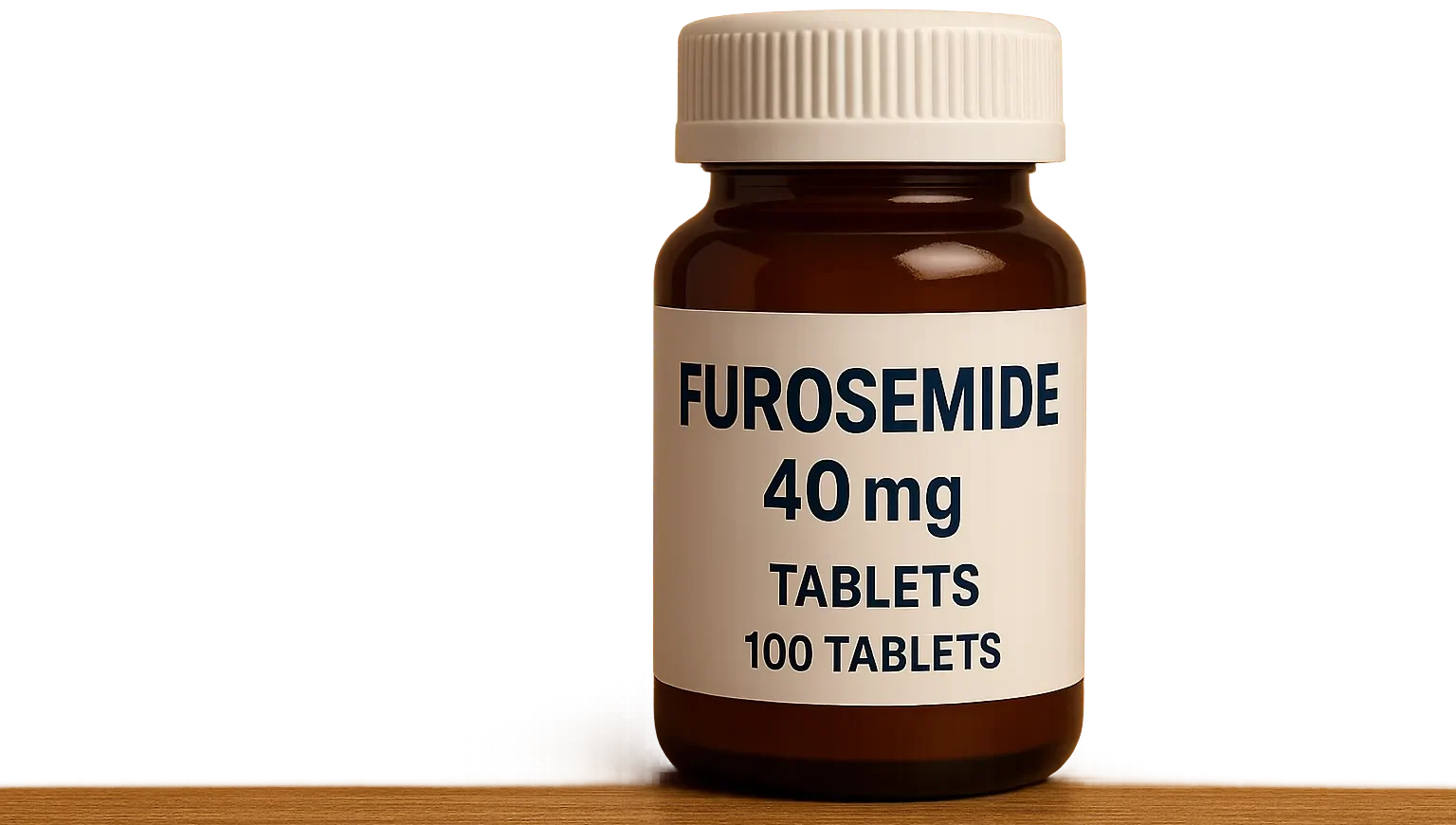Captopril
Captopril is an ACE inhibitor used to treat hypertension and heart failure by blocking angiotensin-converting enzyme and lowering blood pressure. Structure of Captopril Captopril is the first synthetic ACE inhibitor, featuring a sulfhydryl (-SH) group attached to a proline moiety. Chemical Formula: C₉H₁₇NO₃S Mode of Action ACE Inhibition: Blocks the angiotensin-converting enzyme (ACE), preventing the … Read more

